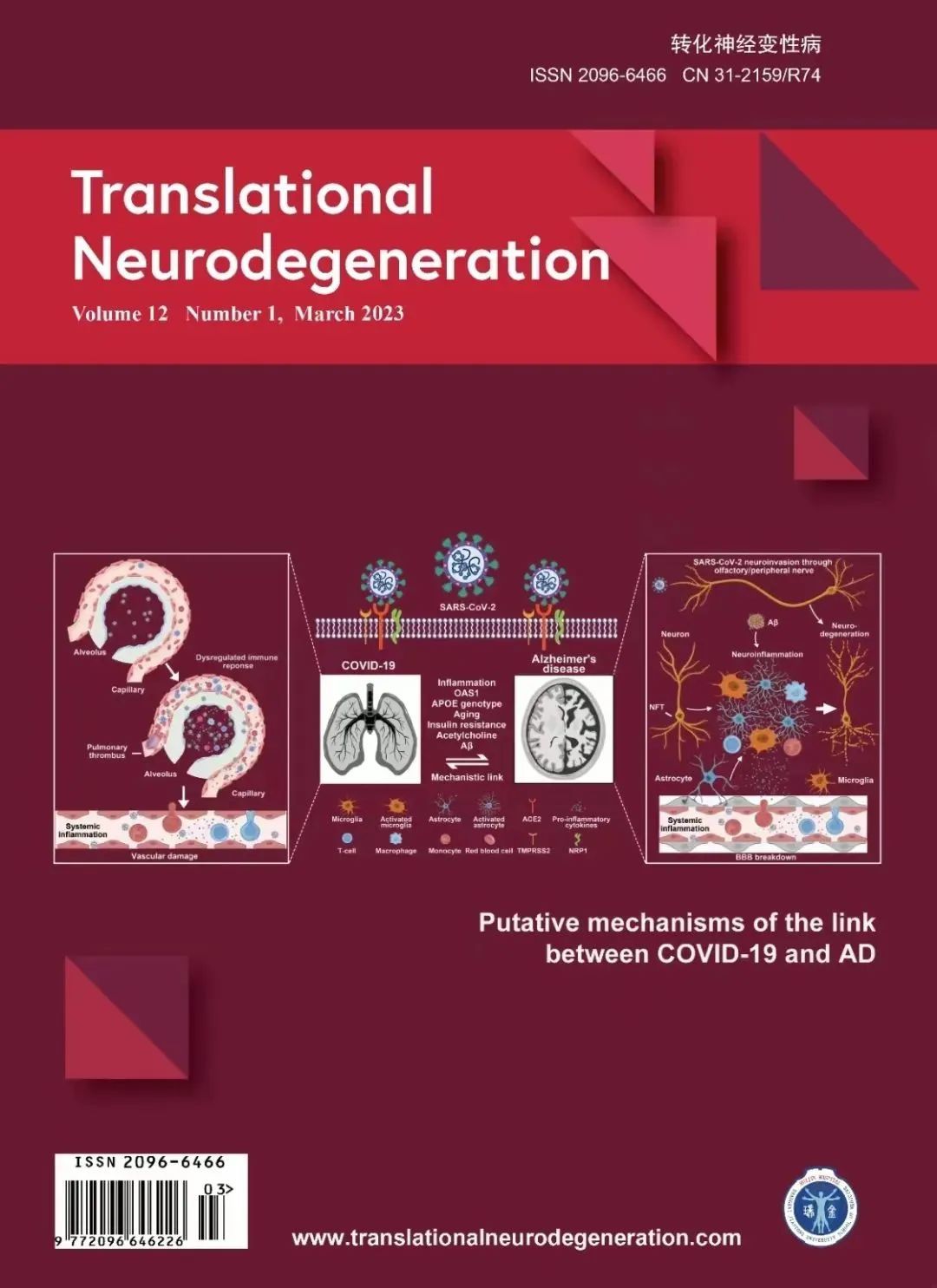ALS-FTD 谱系中脑萎缩的新数据驱动亚型和阶段
IF 10.8
1区 医学
Q1 NEUROSCIENCES
引用次数: 0
摘要
TDP-43 蛋白病是一种神经系统疾病,临床上以肌萎缩性脊髓侧索硬化症(ALS)和额颞叶变性(FTD)为两端。ALS-FTD谱系的临床表现多种多样,表型相互重叠,突显了其异质性。本研究旨在利用疾病进展建模来识别 ALS-FTD 病谱中脑萎缩及其进展的新型数据驱动时空亚型。我们采用数据驱动程序,为57例行为变异型FTD(bvFTD;尸检证实存在TDP-43或TDP-43蛋白病相关基因变异)、103例ALS和47例可能存在TDP-43的ALS-FTD患者确定了13个脑容量解剖学群组。我们对亚型和分期推断(SuStaIn)模型进行了训练,以识别ALS-FTD谱系中具有不同脑萎缩模式的亚型,并将亚型和分期与疾病的临床、遗传和神经病理学特征联系起来。SuStaIn发现了三种新的亚型:两种疾病亚型的主要脑萎缩位于前额叶/运动区或边缘相关区,还有一种是外观正常但无明显脑萎缩的群体。边缘区占优势的亚型往往表现为认知能力受损,TBK1和TARDBP基因的致病变异频率较高,TDP-43 B、E和C型的比例较高。与ALS-FTD和bvFTD患者相比,正常外观脑组的ALS发病率更高,认知能力更强,下运动神经元发病比例更高,运动症状更轻,基因致病变异的频率更低。SuStaIn的总体分期还与临床进展的证据相关,包括病程更长、King分期更高以及认知能力下降。此外,不同的临床表型、基因型和 TDP-43 病理类型,SuStaIn 阶段也有所不同。我们的研究结果表明,ALS-FTD谱系中存在不同的神经退行性疾病亚型,可以在体内识别,每种亚型都有不同的脑萎缩、临床、遗传和病理模式。本文章由计算机程序翻译,如有差异,请以英文原文为准。
Novel data-driven subtypes and stages of brain atrophy in the ALS–FTD spectrum
TDP-43 proteinopathies represent a spectrum of neurological disorders, anchored clinically on either end by amyotrophic lateral sclerosis (ALS) and frontotemporal degeneration (FTD). The ALS–FTD spectrum exhibits a diverse range of clinical presentations with overlapping phenotypes, highlighting its heterogeneity. This study was aimed to use disease progression modeling to identify novel data-driven spatial and temporal subtypes of brain atrophy and its progression in the ALS–FTD spectrum. We used a data-driven procedure to identify 13 anatomic clusters of brain volume for 57 behavioral variant FTD (bvFTD; with either autopsy-confirmed TDP-43 or TDP-43 proteinopathy-associated genetic variants), 103 ALS, and 47 ALS–FTD patients with likely TDP-43. A Subtype and Stage Inference (SuStaIn) model was trained to identify subtypes of individuals along the ALS–FTD spectrum with distinct brain atrophy patterns, and we related subtypes and stages to clinical, genetic, and neuropathological features of disease. SuStaIn identified three novel subtypes: two disease subtypes with predominant brain atrophy in either prefrontal/somatomotor regions or limbic-related regions, and a normal-appearing group without obvious brain atrophy. The limbic-predominant subtype tended to present with more impaired cognition, higher frequencies of pathogenic variants in TBK1 and TARDBP genes, and a higher proportion of TDP-43 types B, E and C. In contrast, the prefrontal/somatomotor-predominant subtype had higher frequencies of pathogenic variants in C9orf72 and GRN genes and higher proportion of TDP-43 type A. The normal-appearing brain group showed higher frequency of ALS relative to ALS–FTD and bvFTD patients, higher cognitive capacity, higher proportion of lower motor neuron onset, milder motor symptoms, and lower frequencies of genetic pathogenic variants. The overall SuStaIn stages also correlated with evidence for clinical progression including longer disease duration, higher King’s stage, and cognitive decline. Additionally, SuStaIn stages differed across clinical phenotypes, genotypes and types of TDP-43 pathology. Our findings suggest distinct neurodegenerative subtypes of disease along the ALS–FTD spectrum that can be identified in vivo, each with distinct brain atrophy, clinical, genetic and pathological patterns.
求助全文
通过发布文献求助,成功后即可免费获取论文全文。
去求助
来源期刊

Translational Neurodegeneration
Neuroscience-Cognitive Neuroscience
CiteScore
19.50
自引率
0.80%
发文量
44
审稿时长
10 weeks
期刊介绍:
Translational Neurodegeneration, an open-access, peer-reviewed journal, addresses all aspects of neurodegenerative diseases. It serves as a prominent platform for research, therapeutics, and education, fostering discussions and insights across basic, translational, and clinical research domains. Covering Parkinson's disease, Alzheimer's disease, and other neurodegenerative conditions, it welcomes contributions on epidemiology, pathogenesis, diagnosis, prevention, drug development, rehabilitation, and drug delivery. Scientists, clinicians, and physician-scientists are encouraged to share their work in this specialized journal tailored to their fields.
 求助内容:
求助内容: 应助结果提醒方式:
应助结果提醒方式:


